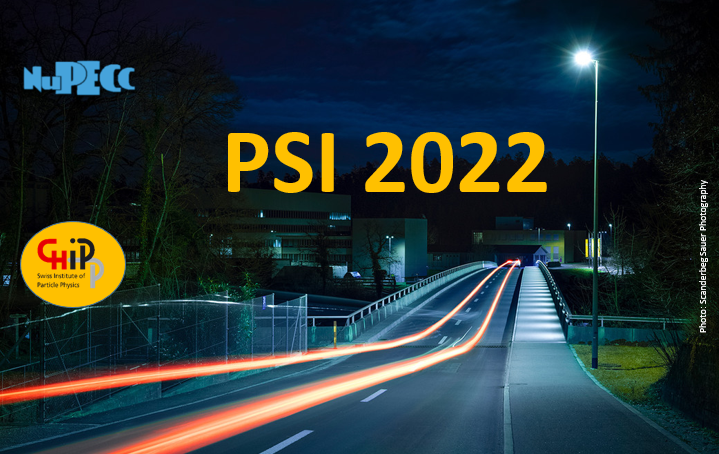Speaker
Description
Non-commutativity of a class of space-time, called $\kappa$-Minkowski, corresponds to curvatures of the momentum space.
In the rigorous treatment of fields on $\kappa$-Minkowski space and using the concept of antipode, one can find actions of discrete symmetries C, P, and T on fields and explicitly derive a subtle difference between Lorentz transformations of particles and antiparticles, resulting in particular in deformation of the charge conjugation operator \cite{bevilacqua}.
Antipodal mapping entails the momentum- and deformation-dependent corrections to antiparticle's momenta being typical $p^2/\kappa$ where $\kappa$ is expected to be the order of Planck mass.
This fact opens observational consequences that can be explored in high-energy experiments.
First, when the lifetimes of particles and antiparticles are simultaneously and precisely measured in the lab and transformed to particles' rest frames, they exhibit differences that can be used to set experimental bounds on $\kappa$, being 10$^{14}$ GeV at LHC energy and 10$^{16}$ GeV at future colliders \cite{arzano,bevilacqua}.
Second, in interference between two mass eigenstates, e.g. in neutral kaon pairs, antipode deformation of the antiparticle's component results in admixture of states with ill-defined CPT and the $∼p^2/\kappa$ corrections to a time-dependent interference pattern.
This allows for the derivation of an earlier-postulated parametrization of CPT violation effects in kaon interference by using the energy-independent parameter ω (cf. Ref. \cite{bernabeu}) for which there exist experimental bounds from the KLOE experiment at low energy \cite{kloe}. Using the density matrix formalism it also naturally provides time evolution with the deformation-dependent dissipative term.
\bibitem{bevilacqua} A. Bevilacqua, J. Kowalski-Glikman and W. Wislicki, Phys. Rev. D105 (2022) 105004;
\bibitem{arzano} M. Arzano, J. Kowalski-Gikman and W. Wislicki, Phys. Lett. B794 (2019) 41;
\bibitem{bernabeu} J. Bernabeu, N. Mavromatos and J. Papavassiliou, Phys. Rev. Lett 92 (2004) 131601;
\bibitem{kloe} KLOE-2: D. Babusci et al., JHEP 04 (2022) 059;

